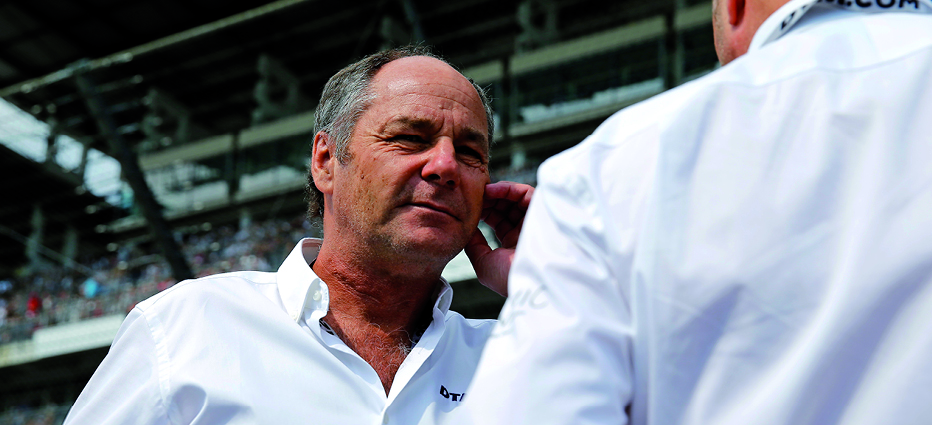
DTM promoter ITR has unveiled its spectacular conceptual vision of how touring car racing could evolve, using electric vehicles powered by battery or hydrogen fuel cell technology. ITR chairman Gerhard Berger explains the background in an interview.
ITR has presented its conceptual vision for an electric touring car series – is this a forecast about the future of DTM?
Gerhard Berger: Let’s be clear, we regard this as a possible expansion of ITR’s portfolio on the DTM platform. We have the expertise at organising events, years of experience at creating efficient technical regulations in co-operation with our manufacturers, and long-standing relationships with the suppliers who develop and produce parts and components.
ITR is also working on a hybrid proposal for DTM and has also begun trialling new more environmentally friendly synthetic fuels – why is it now also presenting this electric feasibility study?
Berger: We’re working on a variety of different projects that incorporate more sustainable technologies. They say, in motorsport, if you stand still you go backwards – so we’re thinking several steps ahead. That’s what you have to do if you want to shape the future of motorsport. At the same time, we need to be open-minded about what’s happening in the automotive world. And although hybrid and electric vehicles have established something of a foothold, I think motorsport has been lacking a truly new and inspiring concept up until now. We’re now talking with a significant number of automotive manufacturers and suppliers who would like to become more involved in motorsport. This proposal offers them a first look at something tangible – and exciting.
You’re not exactly known as a fan of electric mobility. In recent months, you’ve made critical comments about Formula E – so what makes this ITR concept study any different?
Berger: I’ve always said that Formula E is justified as a marketing platform, and that I can understand why many companies are getting involved. My criticism was directed at the sport itself, because I think the cars are too slow and the driving style too strongly characterised by strategy and energy management. The cars showcased in our conceptual study offer something completely different. Here, we’re talking about high-performance racing cars which – just as in DTM – are fast, spectacular, and able to race wheel to wheel. Another benefit is the fact that these cars will look like the cars you can buy at a dealership – they’ll be recognisable and distinct to each brand manufacturer. So, fans will be able to identify with these machines.
How realistic is it that ITR will implement this study?
Obviously, that depends on a number of factors. First of all, technical feasibility. But we’ve been investigating this area quite intensively, and now need to draw on the expertise of specialists as we continue to evaluate its feasibility. This includes battery and robot manufacturers, for example, when you consider the ambitious and ground-breaking technology for the pit-stops. Naturally, financing the development also plays a major role – you have to get that properly balanced.
Can you tell us more about the costs?
It’s still too early to discuss specific details. As in DTM, the costs have to be kept under control – they can’t spiral upwards. And that’s only possible if large parts of the development are managed centrally, with key technical components such as the electrical drive system with electric motors, power electronics and the battery (BEV) or fuel cell all standardised. We already have an efficient standardised parts concept for the DTM, so that enables us to judge the situation very effectively.
https://media.dtm.com/index.php?sprache=en